Shallow foundations are critical elements in building structures, providing the stability and longevity needed for safe construction. These shallow foundation types support buildings by transferring loads to the near-surface soil layers. They are ideal for structures with manageable loads, such as residential homes and light commercial buildings. Shallow foundations are easier to construct and require minimal excavation, saving both time and money compared to deeper foundations.
Key types of shallow foundations include spread footings, mat foundations, and slab-on-grade foundations. Spread footings distribute loads over a wide area, while mat foundations support larger areas under a single, thick slab. Compared to deep foundations, shallow foundations are less vulnerable to settlement issues and are simpler to inspect and maintain.
This article will explore the various types of shallow foundations, their advantages, and the key differences compared to deep foundations. Whether you are a construction professional or you are a homeowner planning to build, you should understand these foundations. This understanding will help you make informed decisions for your construction project. Let’s dive into the world of shallow foundations!
Table of contents
- What are shallow foundations?
- Types of shallow foundations
- Key differences between shallow and deep foundations
- Benefits of using shallow foundations
- Factors to consider when choosing shallow foundations
- Common applications of shallow foundations
- Challenges and limitations of shallow foundations
- Conclusion: The importance of understanding shallow foundations for construction projects
- VIDEO – SHALLOW FOUNDATIONS – DIFFERENT TYPES & ADVANTAGES
What are shallow foundations?
Shallow foundations transfer the load of a structure to the soil near the surface. This usually occurs within a depth of about 3 to 4 feet. They are ideal when surface soil has adequate bearing capacity to support the structure without significant settlement. Builders often prefer shallow foundations for smaller buildings, such as residential homes and light commercial structures. They choose them because these foundations are more economical. They are also easier to construct compared to deep foundations.It is also called stripped foundations. The depth of a shallow foundation is less than its width.
Designing shallow foundations is straightforward, typically involving a slab or a series of footings that evenly distribute the building’s weight. This even distribution is crucial, as uneven loads can lead to settlement or shifting, potentially compromising the structure’s integrity. Shallow foundations can often be constructed quickly, making them a favorable choice for projects with time constraints.
Moreover, shallow foundations can be designed in various forms, allowing flexibility in construction methods. The choice of a shallow foundation depends on load requirements, soil characteristics, climate conditions, and economic factors. Understanding these characteristics helps builders make informed decisions during the planning and design phases of any construction project
Types of shallow foundations
There are several types of shallow foundations, each with its own unique design and application. The most common types include spread footings, mat foundations, and slab-on-grade foundations. Each type fulfills specific structural requirements and adapts to particular soil conditions, making it essential to select the right one for each project.
- Spread Footing or Isolated footing
- Mat Footing
- Slab on Grade Foundations
- Strip Footing
- Combined Footing
- Strap Footing
Spread Footing
Spread footings are perhaps the most widely used type of shallow foundation. They consist of a wider base that spreads the load of the structure over a larger area of soil. This design is particularly effective in preventing settlement issues, especially in areas with weaker soil. When constructing a spread footing, the width and depth are determined based on the load it must support. Bearing capacity of the soil is another factor. This type of foundation is often used for individual columns or walls. It provides a stable base for various types of structures.
- Simple spread footing
- Sloped spread footing
- Stepped spread footing
Simple spread footing
This is a common type of spread footing. Simple spread footing consists of a base footing with a single column over it. This type of foundation is used for structures with reasonable loads and bearing capacities.
Sloped spread footing
In this type of foundation the footing is sloped as shown in the figure. The footing carries a single column. The cross section of these types of footings are trapezoidal.
Stepped spread footing
When the loads are high steps are provided in the footings as shown in the figure.
Mat Foundation/Raft Foundations
Mat foundations, also known as raft foundations, cover a large area underneath the entire structure. This design is beneficial when the soil has low bearing capacity. It is also helpful when the loads from the building are relatively high. By distributing the weight over a broad area, mat foundations reduce the risk of differential settlement. This type of foundation is commonly used for multi-story buildings. It is also used in areas where the soil conditions are less than ideal. Their construction usually involves a thick reinforced concrete slab that can accommodate various load scenarios.
Slab on Grade Foundations
Slab-on-grade foundations are another popular choice for residential buildings, especially in regions with stable soil and a mild climate. This type of foundation consists of a single concrete slab that is poured directly on the ground. It serves as both the foundation and the floor of the building. Slab-on-grade foundations are relatively simple to construct, as they do not require extensive excavation. However, they are best suited for areas where frost heave is not a concern. In colder climates, additional precautions may be necessary to mitigate the effects of frost.
Strip footing
Strip footings are also called wall footings. They are used for providing load-bearing brick/stone/RCC walls over the footings. Strip footings run continuously throughout the wall area of a building. These types of footings are also used when the spacing between the columns is very less and the footings overlap each other.
Combined Footings
Combined footings are used when two or more columns are closely spaced, and individual footings would overlap. This foundation type combines the loads from multiple columns and distributes them over a larger area. Combined footings help maintain stability in structures with closely spaced columns.
Strap footings
Strap footings are also called cantilever footings consisting of two individual footings connected through a beam strap. The beam strap is designed as a rigid structure. These types of foundations are economical than combined footings. Strap footings connect two or more footings with a beam. This design is beneficial when a footing must support an eccentric load. Strap footings help stabilize the columns and distribute the load more evenly.
Key differences between shallow and deep foundations
Understanding the key differences between shallow and deep foundations is essential for making appropriate choices in construction projects.
- One primary distinction lies in their depth and the way they transfer loads to the soil. Shallow foundations, as previously mentioned, generally extend to a depth of 3 to 4 feet. They rely on the soil’s surface layer for support. In contrast, deep foundations penetrate much deeper into the ground, transferring loads to more stable soil or bedrock layers, often at depths of 10 feet or more.
- Another significant difference is the complexity of construction. Shallow foundations typically require minimal excavation and simpler installation techniques, allowing for quicker project completion and lower labor costs. Deep foundations, however, involve complex methods such as pile driving or drilling, which can be time-consuming and expensive. This complexity often necessitates specialized equipment and skilled labor, increasing the overall project cost and duration.
- The soil conditions also play an essential role in the choice between shallow and deep foundations. Shallow foundations work best in areas with good surface soil conditions. The load can be adequately supported without extensive settlement. In contrast, deep foundations are necessary when dealing with weak or unstable surface soils, where the loads must be transferred to deeper, more reliable soil layers.
This fundamental difference influences the design and construction methods. It also affects the long-term stability and performance of the foundation.
Key differences between shallow foundation and deep foundation (Tabular form)
| Aspect | Shallow Foundations | Deep Foundations |
|---|---|---|
| Depth | Typically 3 to 4 feet deep, using surface soil for support. | Extends 10 feet or more to reach stable soil or bedrock. |
| Load Transfer | Transfers loads to near-surface soil layers. | Transfers loads to deeper, stable layers or bedrock. |
| Construction Complexity | Minimal excavation with simpler installation methods. Allows faster completion and lower costs. | Involves complex methods like pile driving or drilling, requiring specialized equipment and skilled labor. |
| Cost and Labor | More economical due to less labor and equipment needs. | Higher costs due to extensive labor, specialized machinery, and complex procedures. |
| Soil Suitability | Best for areas with strong surface soil that can support loads without significant settlement. | Necessary for unstable or weak surface soil, where loads need to reach deeper, stronger layers. |
| Stability and Performance | Generally effective for stable soils with low to moderate loads. | Provides higher stability in challenging soil conditions, supporting larger and more complex structures. |
This table provides a quick summary of the primary distinctions. It aids in selecting the appropriate foundation type based on project requirements.
Benefits of using shallow foundations
Shallow foundations offer several advantages that make them an attractive option for various construction projects.
Cost-Effectiveness: Lower material and labor costs due to simpler construction methods and minimal excavation.
Reduced Environmental Impact: This approach requires less excavation and materials. It minimizes disruption to the surrounding environment. This helps in preserving natural habitats and also reduces soil erosion.
Quicker Construction Timeline: Faster construction completion allows for quicker occupancy and use.
Reduced Risk of Settlement and Shifting: This method uses near-surface soil layers. These layers often offer better stability compared to deeper soil layers in favorable conditions.
Ease of Inspection and Maintenance: It’s easier to evaluate the foundation’s condition over time. This supports durability and reliability in the long term.
Factors to consider when choosing shallow foundations
When selecting a shallow foundation for a construction project, you must consider several critical factors. This ensures the foundation’s effectiveness and longevity.
Soil Load-Bearing Capacity: Conduct a thorough geotechnical investigation. Assess the soil’s ability to support the structure. Ensure that it can handle the expected load without excessive settlement or failure.
Type of Structure: Understand the specific load requirements based on the structure type (e.g., residential, commercial, or industrial), as different structures apply varying forces on their foundations.
Architectural Design and Layout: Consider the building’s design, as certain layouts may require specific foundation types to ensure stability.
Environmental Factors: Assess environmental conditions like the water table level, flood risk, and soil moisture. These conditions may necessitate waterproofing or alternative foundation solutions.
Climate Conditions: Evaluate factors like frost depth. Consider temperature fluctuations as well. These can affect the performance and stability of shallow foundations over time.
Common applications of shallow foundations
Shallow foundations are commonly used in a variety of construction applications, primarily due to their cost-effectiveness and ease of installation.
- One of the most prevalent uses is in residential construction, where houses, townhouses, and small apartment buildings often rely on shallow foundations to support their weight. These structures typically have manageable loads, making shallow foundations an ideal choice for ensuring stability without incurring excessive costs.
- In addition to residential buildings, shallow foundations are frequently employed in light commercial applications. Small retail stores, offices, and warehouses often utilize slab-on-grade or spread footing foundations due to their efficiency and simplicity. These foundations can accommodate the relatively lower loads associated with such structures while also facilitating straightforward construction processes. As a result, builders can complete projects quickly and remain within budget.
- Another area where shallow foundations are effectively used is in agricultural buildings and structures. Barns, silos, and storage facilities can benefit from shallow foundations. These structures are often located in rural settings where soil conditions are favorable. The economic advantages and ease of construction associated with shallow foundations make them a popular choice for farmers and agricultural developers seeking to minimize costs while ensuring the longevity of their structures.
Challenges and limitations of shallow foundations
Despite their numerous benefits, shallow foundations have certain challenges. These challenges and limitations must be considered during the planning stages of a construction project.
- Dependency on Near-Surface Soil Conditions: Shallow foundations rely on surface soil with adequate bearing capacity. If the soil is weak or prone to settlement, these foundations may not support heavy structures adequately. This may require the use of deep foundations for stability.
- Environmental Vulnerability: Shallow foundations can be affected by environmental factors such as frost heave and erosion. In cold climates, soil expansion and contraction due to frost can damage the foundation. This necessitates additional design considerations like frost-protected shallow foundations or insulation.
- Limitations for Heavy and Complex Structures: Tall buildings often require deeper foundations to manage high loads. Structures in seismic zones also need deep foundations to handle lateral forces. Unique architectural designs demand specific considerations for foundation depth. In these cases, a shallow foundation may not provide adequate support, making deep foundations a more suitable option.
- Increased Complexity and Cost: Addressing challenges like inadequate soil and environmental vulnerabilities can increase construction complexity and cost. Techniques to mitigate these issues, such as reinforcing soil or adding protective insulation, may be necessary to ensure foundation stability.
These limitations highlight the importance of thorough site assessment and project-specific foundation selection.
Conclusion: The importance of understanding shallow foundations for construction projects
In conclusion, anyone involved in construction needs a comprehensive understanding of shallow foundations. This is true for both professionals in the field and homeowners planning to build. Shallow foundations come in various types and have many applications. They offer a cost-effective solution for many structures, especially in favorable soil conditions. Builders make informed choices by understanding the differences between shallow and deep foundations. These choices align with their project’s specific needs.
Shallow foundations offer several benefits. They have lower costs and quicker construction times. They also have a reduced environmental impact. These factors make them an appealing option for a wide range of applications. However, it is crucial to consider soil conditions and load requirements. It is also important to address environmental challenges when selecting the appropriate foundation type.

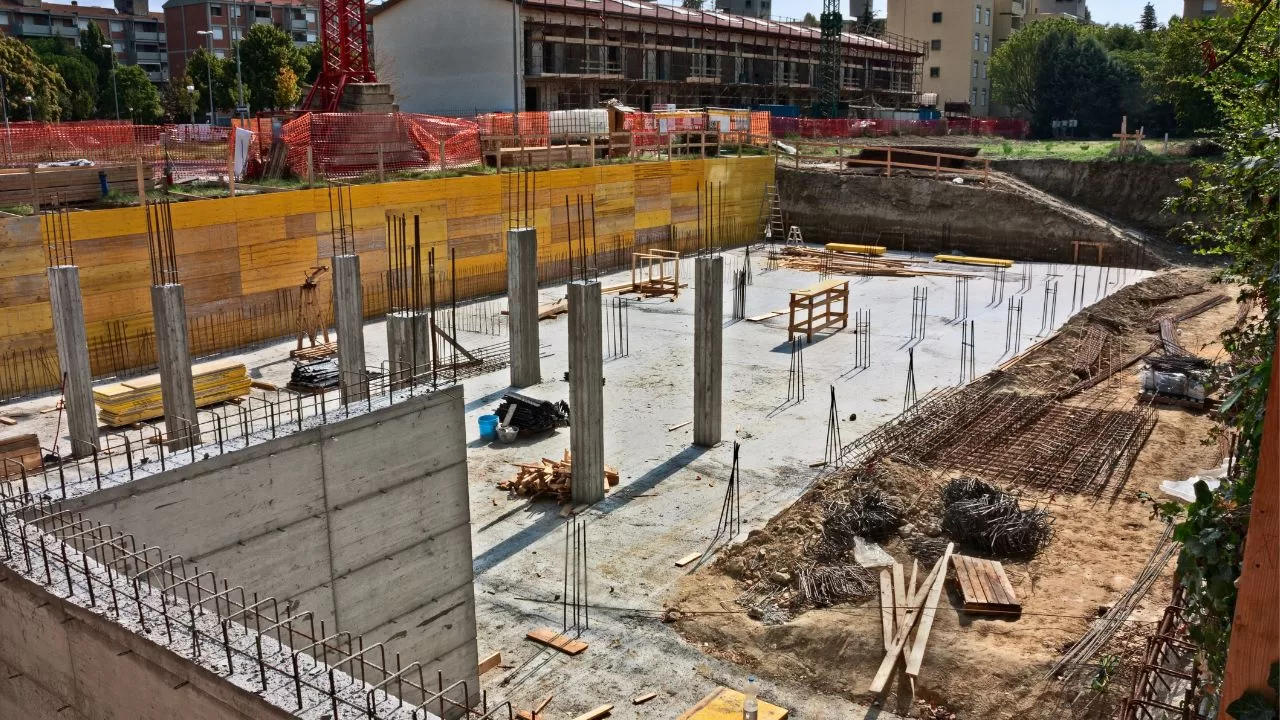
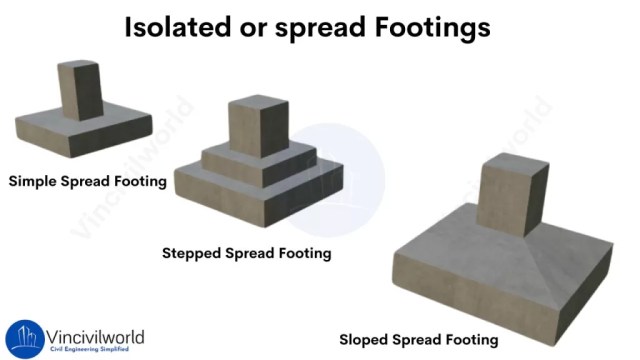
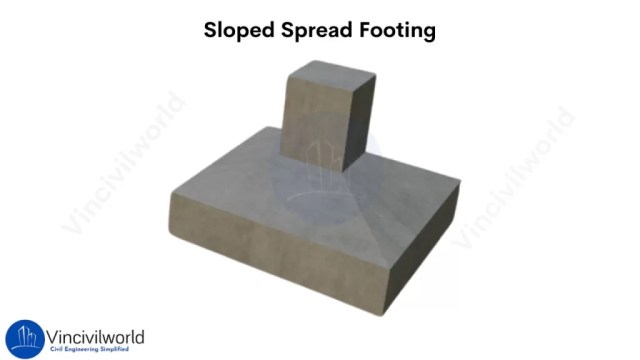
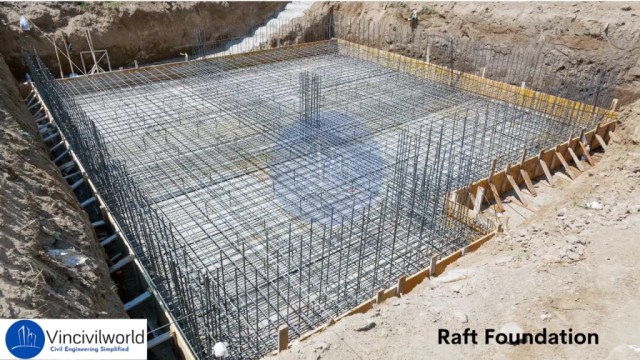
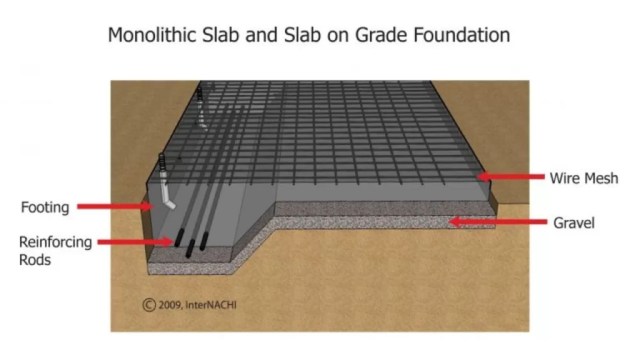
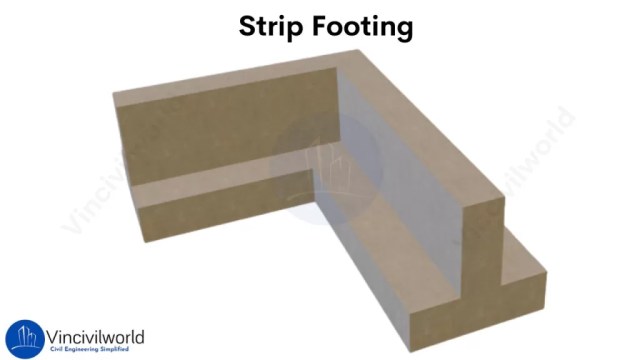
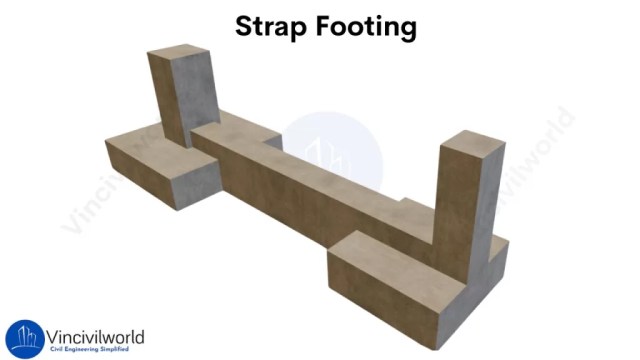
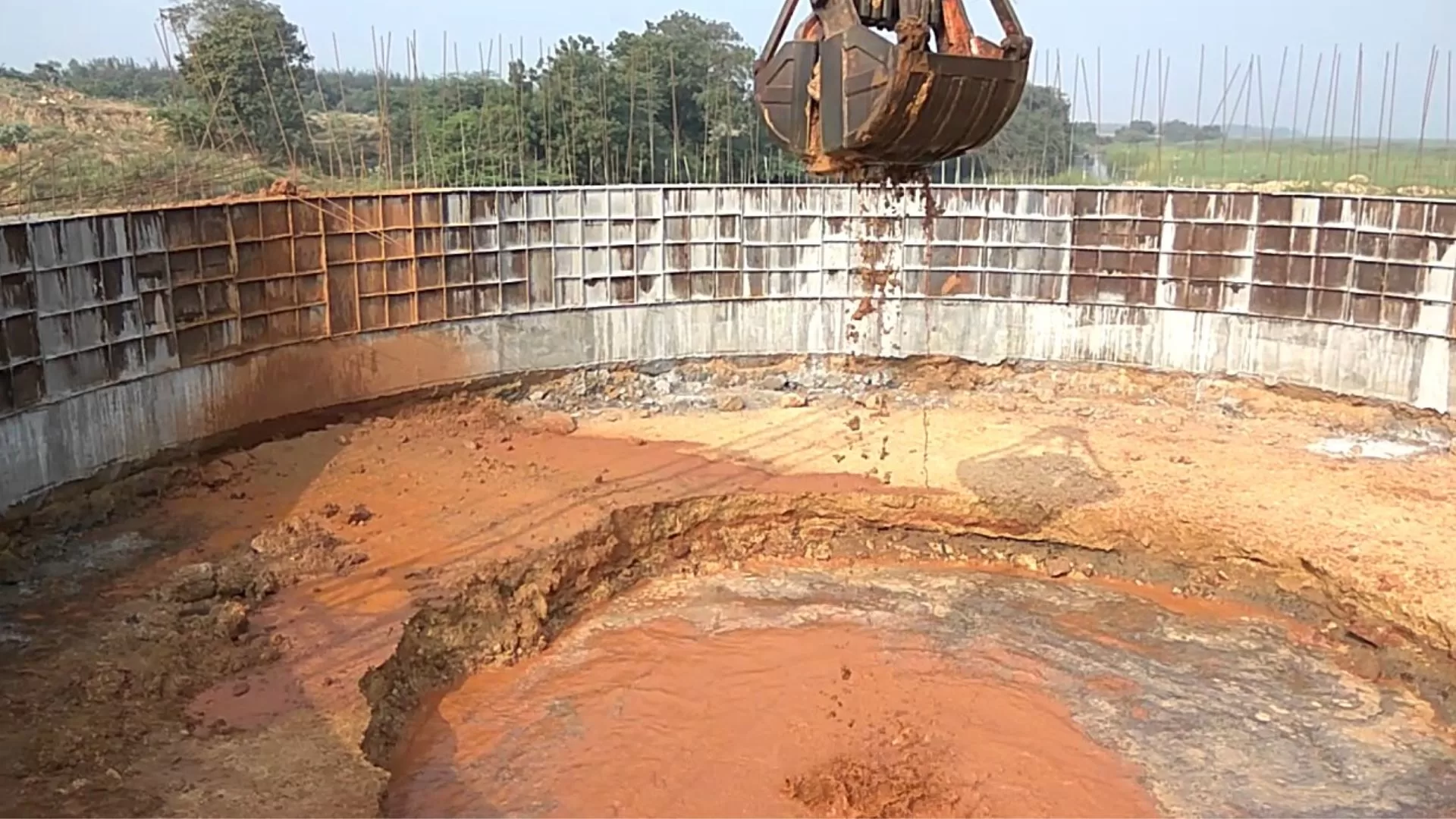
2 thoughts on “Shallow Foundation Types and Differences with Deep Foundations”
Comments are closed.